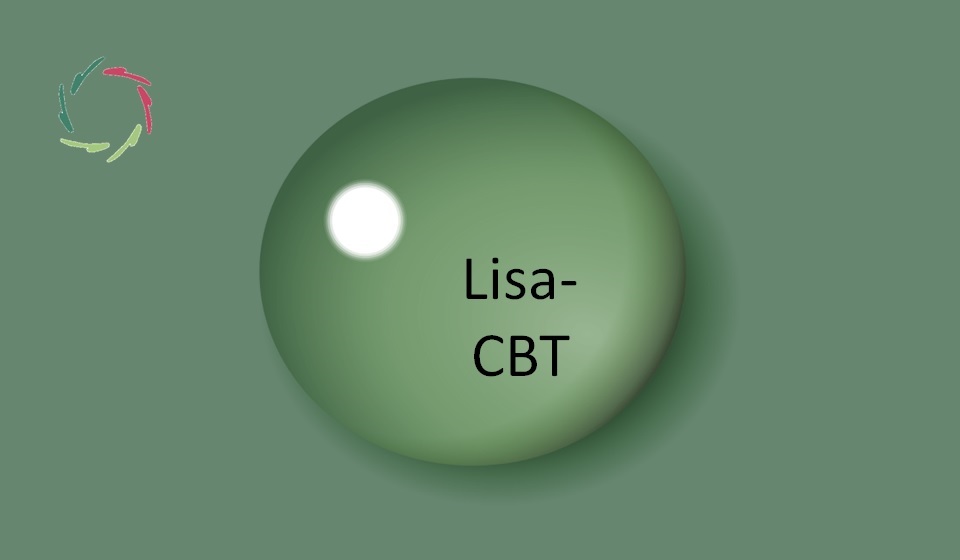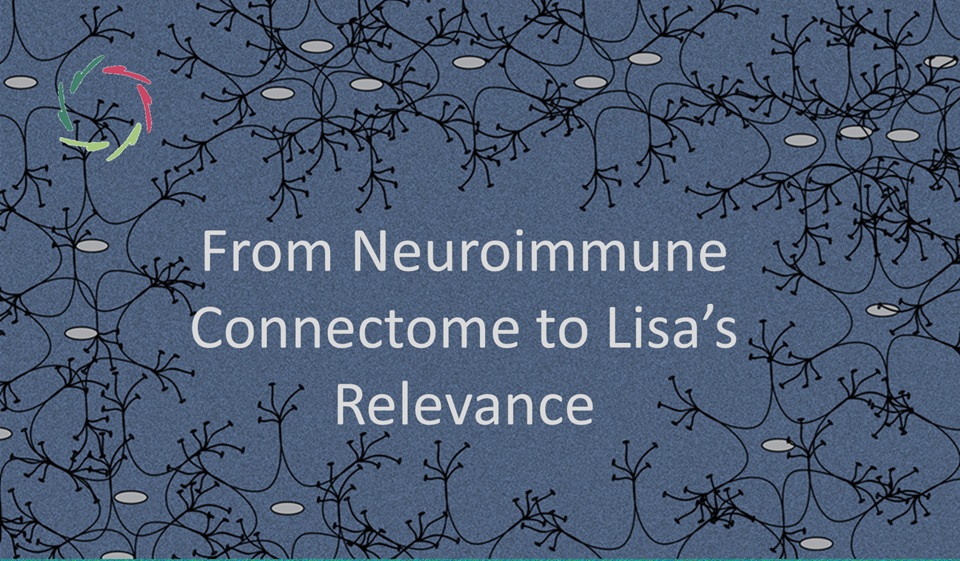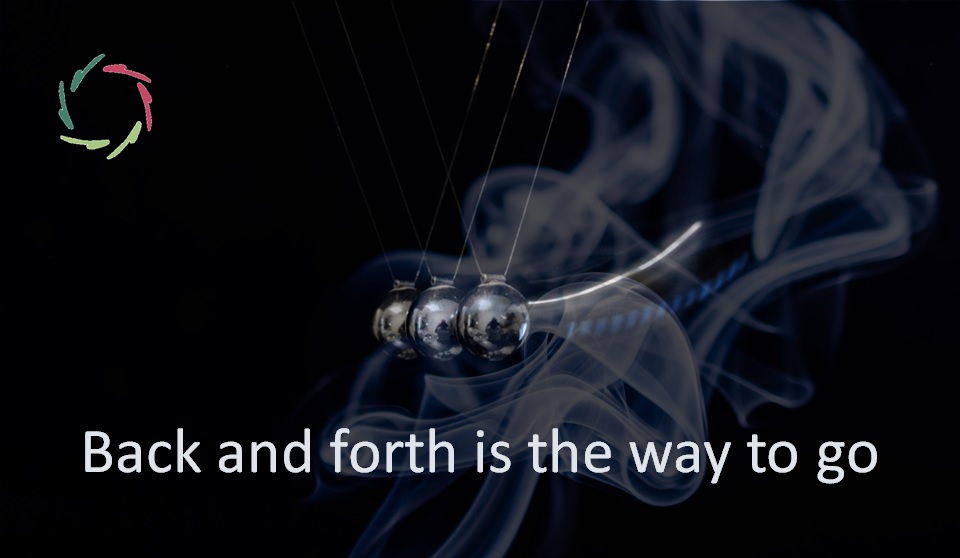Lisa-CBT

Cognitive Behavior Therapy (CBT) has been around for several decades. Studies indicate positive outcomes of the happening in many cases, although the durability remains scientifically uncertain. Lisa, as a coach-bot, is compatible with CBT, and can make use of any method, although from a different angle.
Openness is crucial in this context. Closedness, as always, serves only tribalism and rigid ideologies.
Quotes from prof. Judith S. Beck (Cognitive Behavior Therapy, Second Edition: Basics and Beyond, 2020):
[Dr. Aaron T. Beck, Judith’s father] identified distorted, negative cognition (primarily thoughts and beliefs) as a primary feature of depression and developed a short-term treatment, one of whose primary targets was the reality testing of patients’ depressed thinking. … Beck devised a structured, short-term, present-oriented psychotherapy for depression, directed toward solving current problems and modifying dysfunctional (inaccurate and/or unhelpful) thinking and behavior (Beck, 1964).
In all forms of cognitive behavior therapy that are derived from Beck’s model, treatment is based on a cognitive formulation, the beliefs and behavioral strategies that characterize a specific disorder (Alford & Beck, 1997). Treatment is also based on a conceptualization, or understanding, of individual patients (their specific beliefs and patterns of behavior). The therapist seeks in a variety of ways to produce cognitive change—modification in the patient’s thinking and belief system—to bring about enduring emotional and behavioral change.
There are a number of forms of cognitive behavior therapy that share characteristics of Beck’s therapy, but whose conceptualizations and emphases in treatment vary to some degree.
WHAT IS THE THEORY UNDERLYING COGNITIVE BEHAVIOR THERAPY? In a nutshell, the cognitive model proposes that dysfunctional thinking (which influences the patient’s mood and behavior) is common to all psychological disturbances. When people learn to evaluate their thinking in a more realistic and adaptive way, they experience improvement in their emotional state and in their behavior.
The practice of cognitive behavior therapy is not simple. I have observed a number of participants in clinical trials, for example, who can go through the motions of working with “automatic thoughts,” without any real understanding of the patients’ perceptions of their personal world or any sense of the principle of “collaborative empiricism.”
―――――
In a simple diagram:

Even simpler, the aim can be put as: “Solve the dysfunction.”
Lisa does not do that.
At least, not directly as in the above scheme.
Lisa’s basic paradigm differs significantly. Nevertheless, CBT and Lisa are not incompatible in practice. Most if not all depends on how the CBT therapist/coach handles the tools he gets from the theoretical framework.
REAL CHANGE COMES FROM THE INSIDE OUT. Therefore, the choice of framework as an enabler is less important than ensuring one does not rigidly adhere to the framework itself. This is akin to a slider for children; sticking to it inhibits their glide. Embracing flexibility in therapeutic frameworks allows for more fluid and personalized pathways to healing.
As Judith Beck herself refers to in the same book:
“For lasting improvement in patients’ mood and behavior, cognitive therapists work at a deeper level of cognition: patients’ basic beliefs about themselves, their world, and other people.”
We may meet eventually, only not in a cookbook.
The metaphor of a gentle descent
To genuinely help people in mental need, one must follow the natural course downward in a gentle way (toward inner change). Otherwise, these people may keep hanging in the air and suffocate or drop down and hurt themselves.
The means of support—whether a slider, a staircase, a gently deflating balloon, a gliding airplane, or an elevator—matter less than the intent behind them. Moreover, there are many kinds of each, but all may have the same intent.
CBT is one of these kinds. I would like to compare it, in my metaphor, with a mechanical staircase ― easy to use and, well, mechanical.
Take care: 1) these methods can be misused, creating the illusion of change without real substance. Also, 2) they may subtly pull people downward, only for nature to eventually correct this, as true change is always rooted in reality.
In short, either 1) symptomatic ‘therapy’ or 2) placebo.
Various methods can be used as long as they are not too rigid ― which would lead to 1) or 2). That also applies to CBT.
Lisa-CBT (which is the same as AURELIS-CBT)
This involves helping people evolve from ‘dysfunctional thinking’ (which they would prefer to avoid) to more adaptive thinking (which makes them healthier, happier, and stronger). Any means can be employed to achieve this, depending on how the therapist/coach utilizes the tools from the theoretical framework.
The main difference between AURELIS/Lisa and conceptual CBT lies in depth ― reaching the subconceptual domain that is mainly untouched by purely conceptual therapies. This difference also highlights their compatibility.
Like many globes that all overlap in depth somehow.
In this overlap lies the reason why something happens in coaching/psychotherapy to start with. Nevertheless, most of each globe isn’t directly involved. Thus, any of them may work as well as any other (the well-known Dodo bird effect, see google). This includes CBT in the long run.
Lisa will not oppose any methodology that fully respects individuals. She will always seek overlaps and ways to harness the energy behind them for everyone’s benefit. Consequently, Lisa is compatible with all methods, even though many of them are mutually incompatible.
Science, more wanted than ever
Excellent science is all the more important since this concerns genuine changing-from-inside ― for real. This may be less visible from the outside, but it’s more important in being closer to the core of people and, therefore, more powerful and meaningful.
Sadly, nowadays, this is rather left to a universe of non-science (say, nonsense) of any possible kind. Surely, coaches can do good; they can also unintentionally do harm.
We need proper insights to proceed in proper ways.


